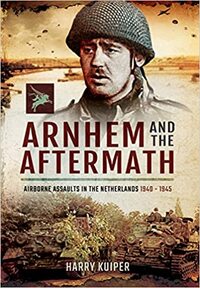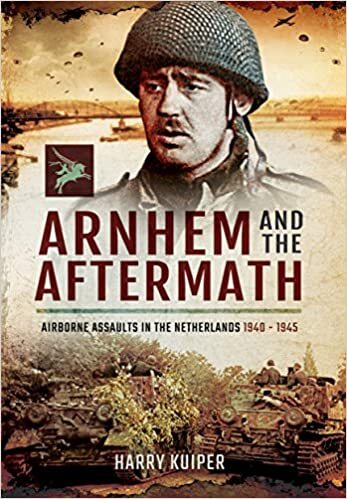28.95
Tijdelijk niet voorradig
War is far more than a series of military victories and defeats. Civilians always are the biggest victims and there are often staggering imbalances between casualties on the front lines, and those behind; between the victims and the aggressors. According to recent figures, The Second World War saw the deaths of an estimated 72 million people worldwide, two thirds of whom were civilians. Wars also have serious social, economic and human consequences. They may defeat politicians and aggressive politics, but it is communities who pay the price. In 1939 one European country after another suffered defeat, which later resulted in enormous social and economic degradation of the communities involved. The failure of Operation Market Garden in 1944 resulted in yet another tragedy for the Dutch and one that would have far deeper social consequences than those before it. After the Allies were defeated, the Nazis terrorized the local Dutch populace and the V2 rockets fired immediately from their Dutch launch sites resulted in over 9,000 casualties in the UK. Arnhem and the Aftermath begins and ends in Arnhem, in 1940 and 1945 respectively. It focuses on the experiences of the civilians in those mournful years, against a backdrop of all three airborne operations in the Netherlands, in which both German and Allied forces were involved.

- : Harry A. Kuiper
- : Pen & Sword Books LTD
- : 9781473870987
- : Nederlands
- : Hardcover
- : 209
- : december 2015
- : 633
- : 243 x 165 x 25 mm.
